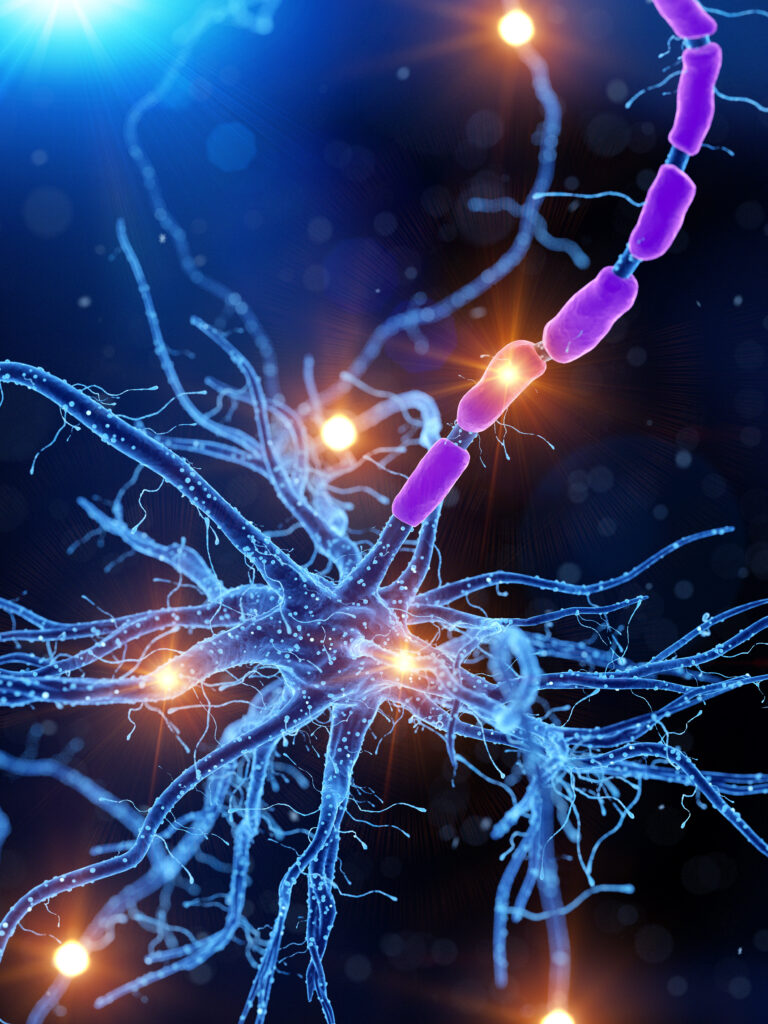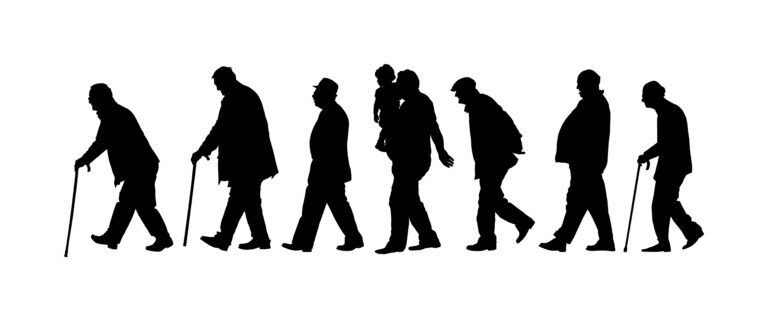Slacklining is a physically and mentally demanding activity that has been gaining popularity in recent years. It involves walking or balancing on a narrow, flexible webbing that is suspended between two anchor points. While it may look like a simple task, slacklining actually requires a great deal of balance, strength, and cognitive function.
The origins of slacklining can be traced back to the climbing community in the 1980s, where climbers began using their climbing ropes as a makeshift slackline. However, it wasn’t until the early 2000s that the activity gained mainstream attention and evolved into its own sport.
On a basic level, slacklining involves balancing on a piece of webbing that is usually 2-3 inches wide. The webbing is typically anchored to trees or poles at a distance of about 15-30 feet apart. The goal is to walk from one end to the other without falling off. Sounds easy enough, right? Well, not quite.
Slacklining requires a high level of balance and coordination. The webbing is not taut like a tightrope, but instead has some give, making it much more difficult to stay upright. This means that every little movement and shift in weight can throw off your balance. As you walk along the line, you have to constantly engage your core muscles to keep your body stable and centered.
But the physical aspect is only one part of the challenge. Slacklining also requires a great deal of cognitive function. As you are balancing on the line, you have to constantly assess and adjust your movements to maintain your balance. This requires a high level of focus and concentration.
In fact, studies have shown that slacklining can have significant effects on cognitive function. A study published in the Journal of Human Kinetics found that slackline training had positive effects on balance, reaction time, and memory in older adults. Another study from the University of Pittsburgh showed that slacklining can improve balance and coordination in children with developmental coordination disorder.
Slacklining not only challenges balance and cognitive function, but it also promotes the development of these skills. As you continue to practice and improve, your brain creates new neural pathways that enhance your balance and coordination abilities.
In addition to the physical and cognitive benefits, slacklining also has a positive impact on mental well-being. The intense focus required for the activity can help individuals achieve a state of mindfulness, reducing stress and anxiety. It also provides a sense of achievement and boosts self-confidence as individuals see their progress and accomplishments on the line.
Moreover, slacklining can be a social activity, as many people gather at parks or outdoor spaces to practice together. This sense of community and support can also have positive effects on mental health.
However, as with any physical activity, it is important to approach slacklining with caution and proper safety measures. Beginners should start with a low line, closer to the ground, and use a spotter to prevent falls and injuries. It is also recommended to use a harness and a leash attached to the line for added safety.
In conclusion, slacklining may seem like a simple activity, but it requires a unique combination of physical and cognitive skills. From improving balance and coordination to promoting mindfulness and mental well-being, this sport challenges both the body and mind. So next time you see someone gracefully walking on a thin webbing, know that they are not only testing their physical abilities but also their cognitive ones.





